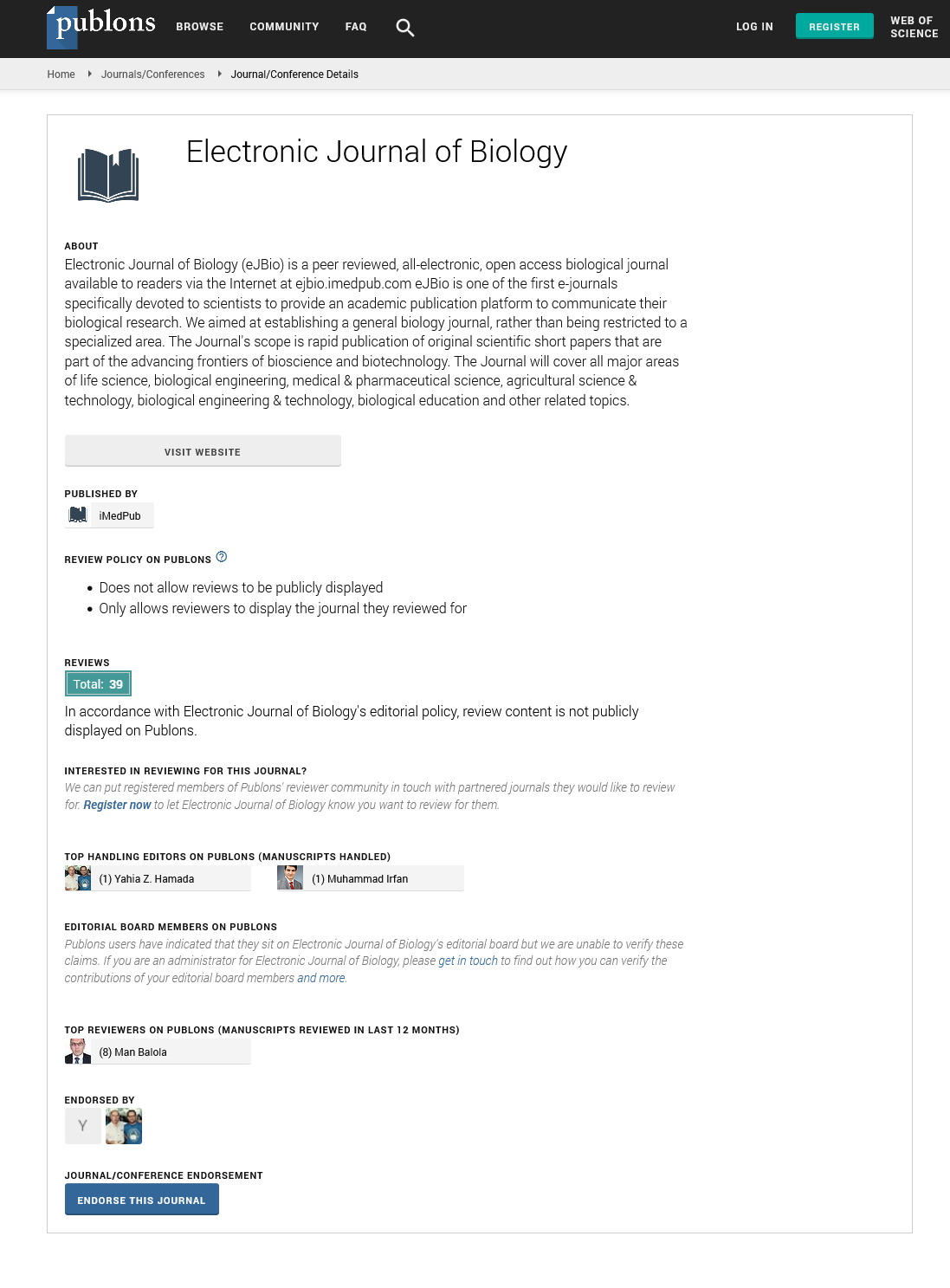Abstract
Comparative Study of the Antibacterial Activity of the Underground Stem of Ginger (Zingiber officinale) and the Bulb of Garlic (Allium sativum) on Selected Aerobic Bacterial Species
Background: In this study, Garlic extract was tested against the extract of Ginger. The rate of action, effect of temperature and pH were measured. Also, minimum inhibitory concentration (MIC) and minimum bactericidal concentration (MBC) were measured. The zone of inhibition observed in this study confirmed the use of Garlic as a more potent antibacterial agent. The rate of action of Garlic was very high eliminating 65% and 73% of Pseudomonas aeruginosa and Antibacterial, Activity, Aerobic, Garlic and Ginger pyogenes respectively while Ginger recorded 47% and 51% action in the first eight hours. The effect of pH and temperature did not alter significantly the activities of the extracts on the test microorganisms. Garlic extract showed a MIC and MBC of 0.0125 and 0.025 concentrations of the stock using Strep pyogenes; and MIC and MBC of 62.5mg and 125 mg concentrations on Ps. aeruginosa. Similarly, Ginger showed MIC and MBC of 125 mg and 250 mg concentrations on Strep pyogenes; and 250 mg and 500 mg concentrations of Ginger on Ps. aeruginosa. The analysis of variance showed that there is no significant difference (P<0.05) on the sensitive pattern of both organisms to the extracts. The correlation analysis (spearman’s rank model) showed a weak relationship (r=0.3) with respect to responses of the microorganisms to pH and temperature but strong relationship with time (r=0.8).
Author(s):
Ifeanyichukwu Onianwah, Stanley HO
Abstract | Full-Text | PDF
Share this

Google scholar citation report
Citations : 5001
Electronic Journal of Biology received 5001 citations as per google scholar report
Electronic Journal of Biology peer review process verified at publons
Abstracted/Indexed in
- Google Scholar
- China National Knowledge Infrastructure (CNKI)
- CiteFactor
- Electronic Journals Library
- Zoological Records
- WorldCat
- Proquest Summons
- Publons
- MIAR
- Openaccessarticles.com
- Secret Search Engine Labs
Open Access Journals
- Aquaculture & Veterinary Science
- Chemistry & Chemical Sciences
- Clinical Sciences
- Engineering
- General Science
- Genetics & Molecular Biology
- Health Care & Nursing
- Immunology & Microbiology
- Materials Science
- Mathematics & Physics
- Medical Sciences
- Neurology & Psychiatry
- Oncology & Cancer Science
- Pharmaceutical Sciences


